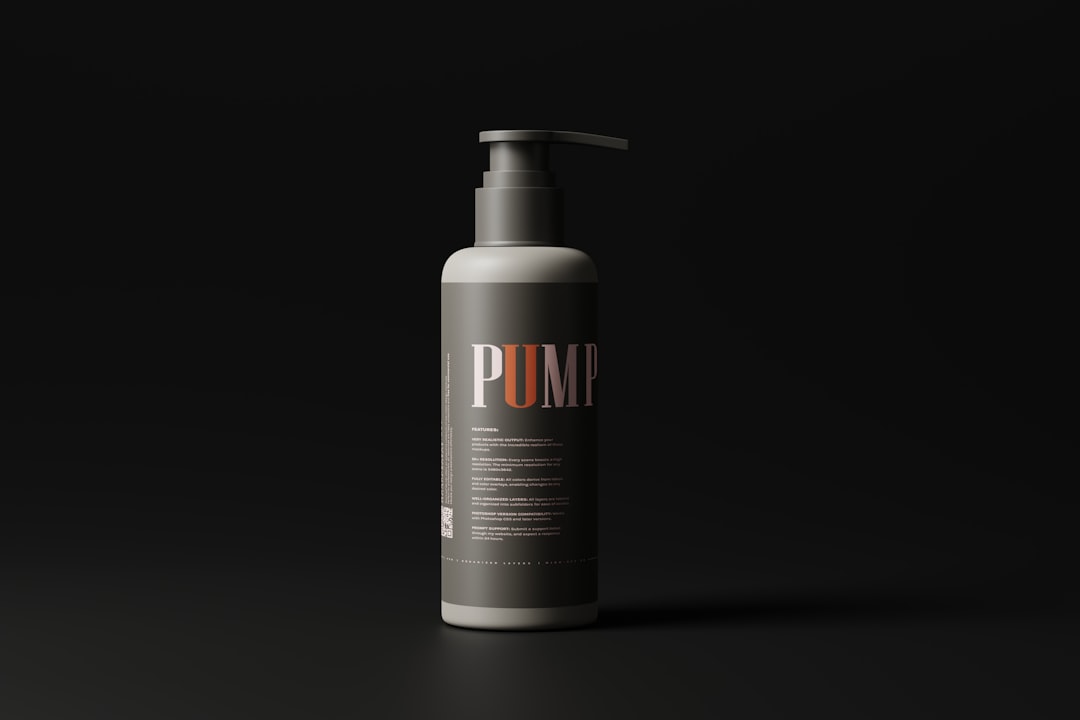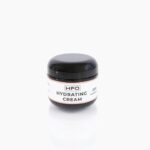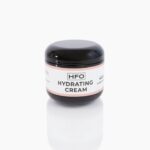Aftercare is a crucial component of the laser hair removal process that you should never overlook. While the procedure itself is designed to effectively reduce hair growth, the way you care for your skin afterward can significantly influence the results. Proper aftercare not only helps in minimizing side effects but also enhances the effectiveness of the treatment.
By following a well-structured aftercare regimen, you can ensure that your skin heals properly and that you achieve the smooth, hair-free skin you desire. Understanding the importance of aftercare can empower you to take control of your post-treatment experience. It’s not just about avoiding discomfort; it’s about maximizing the benefits of your investment in laser hair removal.
When you adhere to recommended aftercare practices, you reduce the risk of complications such as irritation, pigmentation changes, or even infection. This proactive approach allows you to enjoy the long-term benefits of laser hair removal while keeping your skin healthy and radiant.
Key Takeaways
- Aftercare is crucial for successful laser hair removal and to ensure long-term results.
- Immediate aftercare involves managing redness and discomfort, and following specific instructions from the technician.
- Days 1-3 aftercare focuses on managing discomfort and redness, including using soothing creams and avoiding sun exposure.
- Days 4-7 aftercare involves protecting the treated area from sun exposure and avoiding activities that may irritate the skin.
- Week 2-4 aftercare is important for ensuring long-term results, including monitoring hair regrowth and following up with any necessary touch-up treatments.
Immediate Aftercare: What to Expect
Immediately following your laser hair removal session, you may notice some redness and swelling in the treated area. This is a normal reaction as your skin adjusts to the treatment. You might feel a sensation similar to a mild sunburn, which can be uncomfortable but typically subsides within a few hours.
To alleviate any immediate discomfort, applying a cool compress can be beneficial. This simple step can help soothe your skin and reduce inflammation, making you feel more comfortable as you transition into the aftercare phase. In addition to cooling your skin, it’s essential to avoid certain activities right after your treatment.
For instance, refrain from hot showers, saunas, or vigorous exercise for at least 24 hours.
Instead, focus on gentle cleansing and moisturizing to keep your skin hydrated and calm.
By taking these precautions, you set the stage for a smoother recovery and better overall results from your laser hair removal.
Day 1-3 Aftercare: Managing Discomfort and Redness
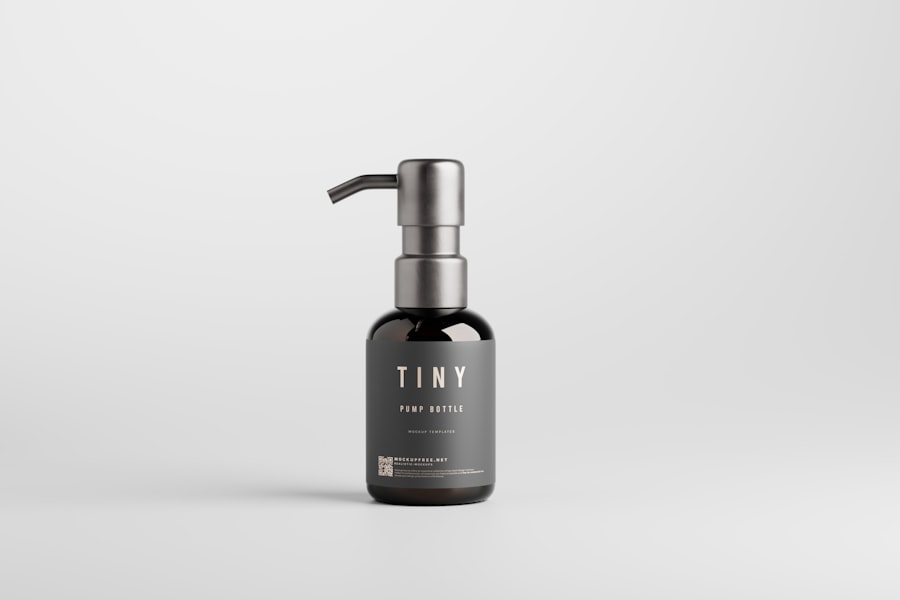
During the first few days post-treatment, managing discomfort and redness is paramount. You may find that your skin feels sensitive or tender to the touch. To help with this, consider using a fragrance-free moisturizer or aloe vera gel to keep your skin hydrated and soothe any irritation.
Applying these products can create a protective barrier that helps your skin heal while also providing relief from any discomfort you may experience. It’s also important to monitor how your skin reacts during this period. If you notice any unusual symptoms such as excessive swelling, blistering, or persistent pain, don’t hesitate to reach out to your practitioner for advice.
They can provide guidance tailored to your specific situation and ensure that your recovery is on track. Remember, being proactive about your skin’s health during these initial days can make a significant difference in your overall experience with laser hair removal.
Day 4-7 Aftercare: Protecting the Treated Area
| Day | Aftercare Steps |
|---|---|
| Day 4 | Avoid direct sunlight and apply recommended ointment |
| Day 5 | Gently cleanse the treated area and moisturize as needed |
| Day 6 | Avoid swimming or soaking in water, continue to protect from sun exposure |
| Day 7 | Continue to keep the area clean and moisturized, avoid scratching or picking at the treated area |
As you move into days four through seven after your treatment, protecting the treated area becomes increasingly important. By this time, any initial redness should begin to fade, but your skin may still be sensitive. It’s crucial to avoid direct sun exposure during this period, as UV rays can lead to pigmentation changes and hinder the healing process.
If you must go outside, applying a broad-spectrum sunscreen with an SPF of at least 30 is essential. This protective measure not only shields your skin from harmful rays but also helps maintain an even skin tone. In addition to sun protection, continue to be gentle with your skin.
Avoid exfoliating products or harsh scrubs that could irritate the treated area. Instead, opt for mild cleansers and soothing moisturizers that promote healing without causing additional stress to your skin. This careful approach will help ensure that your skin remains calm and free from complications as it continues to recover from the laser treatment.
Week 2-4 Aftercare: Ensuring Long-Term Results
As you enter weeks two through four post-treatment, it’s time to focus on ensuring long-term results from your laser hair removal sessions. During this period, you may start noticing some hair regrowth; however, it’s essential to understand that this is a normal part of the process. The hair may appear finer and lighter than before, indicating that the treatment is working effectively.
Resist the urge to tweeze or wax any regrowth; instead, allow the hair to fall out naturally over time.
Continue using gentle cleansers and moisturizers while avoiding any products that could irritate your skin.
If you experience any discomfort or unusual changes in your skin’s appearance, consult with your practitioner for guidance. They can provide insights into what is typical during this stage and help you navigate any concerns you may have about your results.
Month 1-3 Aftercare: Monitoring Hair Regrowth
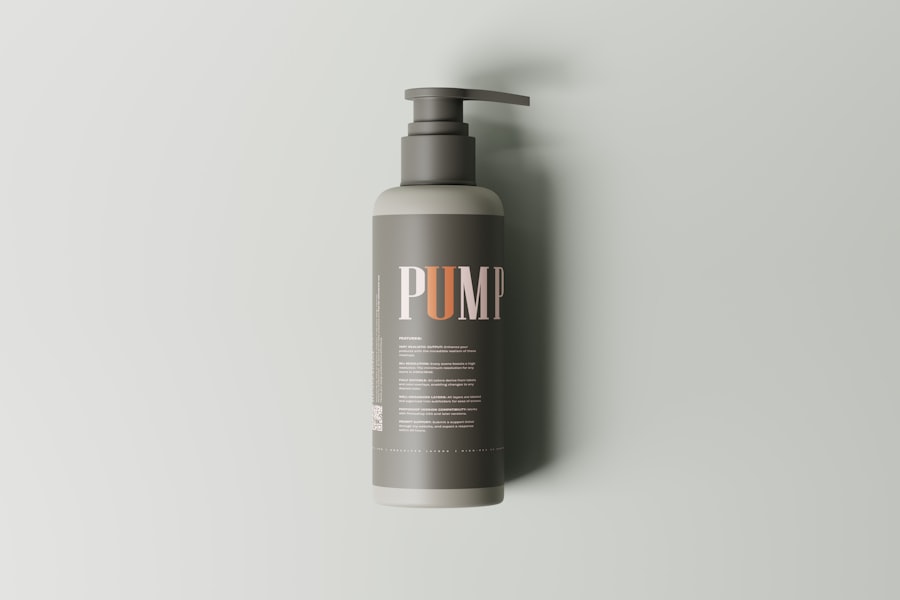
In the months following your initial treatment—specifically between one and three months—you’ll want to keep a close eye on hair regrowth patterns. By now, many individuals notice a significant reduction in hair density in the treated areas. However, it’s essential to remember that multiple sessions are often required for optimal results, as hair grows in cycles and not all hair follicles are active at the same time.
During this period, it’s also wise to schedule follow-up appointments with your practitioner as recommended. These sessions are crucial for assessing progress and determining if additional treatments are necessary. Your practitioner can evaluate how well your skin has responded and make adjustments to your treatment plan if needed.
Staying engaged in this process will help ensure that you achieve the smooth skin you desire while addressing any concerns that may arise along the way.
Long-Term Aftercare: Maintaining Smooth Skin
Once you’ve completed your initial series of treatments and are enjoying smoother skin, long-term aftercare becomes essential for maintaining those results. One of the most effective ways to keep your skin looking its best is by continuing a diligent skincare routine that includes regular moisturizing and sun protection. Hydrated skin is less prone to irritation and will help maintain an even tone over time.
Additionally, consider incorporating gentle exfoliation into your routine once your skin has fully healed from treatments. This practice can help remove dead skin cells and promote cell turnover, keeping your skin looking fresh and vibrant. However, be cautious not to over-exfoliate or use harsh products that could irritate sensitive areas.
Finding a balance will allow you to enjoy long-lasting results from your laser hair removal while keeping your skin healthy and radiant.
Tips for Optimizing Laser Hair Removal Results
To optimize the results of your laser hair removal journey, there are several tips you can follow beyond standard aftercare practices. First and foremost, always adhere to the treatment schedule recommended by your practitioner. Consistency is key when it comes to achieving lasting results; missing appointments can prolong the process and diminish effectiveness.
Another important aspect is maintaining open communication with your practitioner throughout the process. If you have questions or concerns about what you’re experiencing post-treatment, don’t hesitate to reach out for advice or clarification. They are there to support you and ensure that you have a positive experience.
Lastly, consider lifestyle factors that may impact your results. Staying hydrated, eating a balanced diet rich in vitamins and minerals, and avoiding smoking can all contribute positively to your skin’s health and overall well-being. By taking these steps alongside proper aftercare, you’ll be well on your way to enjoying smooth, hair-free skin for years to come.
In conclusion, aftercare plays an integral role in the success of laser hair removal treatments. By understanding what to expect immediately after treatment and during subsequent weeks and months, you can take proactive steps to ensure optimal results while maintaining healthy skin. With dedication and care, you’ll be able to enjoy the benefits of laser hair removal long into the future.
After undergoing laser hair removal, it is crucial to follow a proper aftercare timeline to ensure optimal results. One helpful article that provides guidance on this topic can be found at https://www.inlaserhairremoval.com/fashion-home-5/. This article offers valuable tips and recommendations for post-treatment care to help maintain smooth and hair-free skin. By following the advice outlined in this article, individuals can ensure that their laser hair removal treatment is successful and long-lasting.
FAQs
What is the typical aftercare timeline for laser hair removal?
After a laser hair removal treatment, it is important to follow a specific aftercare timeline to ensure the best results. This typically includes avoiding sun exposure, using gentle skincare products, and avoiding certain activities for a specified period of time.
How long should I avoid sun exposure after laser hair removal?
It is recommended to avoid sun exposure for at least 2 weeks after laser hair removal. This helps to prevent any potential skin damage or complications.
When can I resume my regular skincare routine after laser hair removal?
After laser hair removal, it is best to wait at least 24-48 hours before resuming your regular skincare routine. This allows the skin to heal and reduces the risk of irritation.
How long should I wait before engaging in activities like swimming or using hot tubs after laser hair removal?
It is advisable to wait at least 48 hours before engaging in activities like swimming or using hot tubs after laser hair removal. This helps to minimize the risk of infection and irritation.
When can I shave or use hair removal creams after laser hair removal?
It is generally safe to shave or use hair removal creams 24-48 hours after laser hair removal. However, it is important to avoid any harsh or abrasive products that could irritate the skin.
How long does it take for the skin to fully recover after laser hair removal?
The skin typically takes about 7-14 days to fully recover after laser hair removal. During this time, it is important to follow the aftercare instructions provided by the treatment provider to ensure optimal results.




